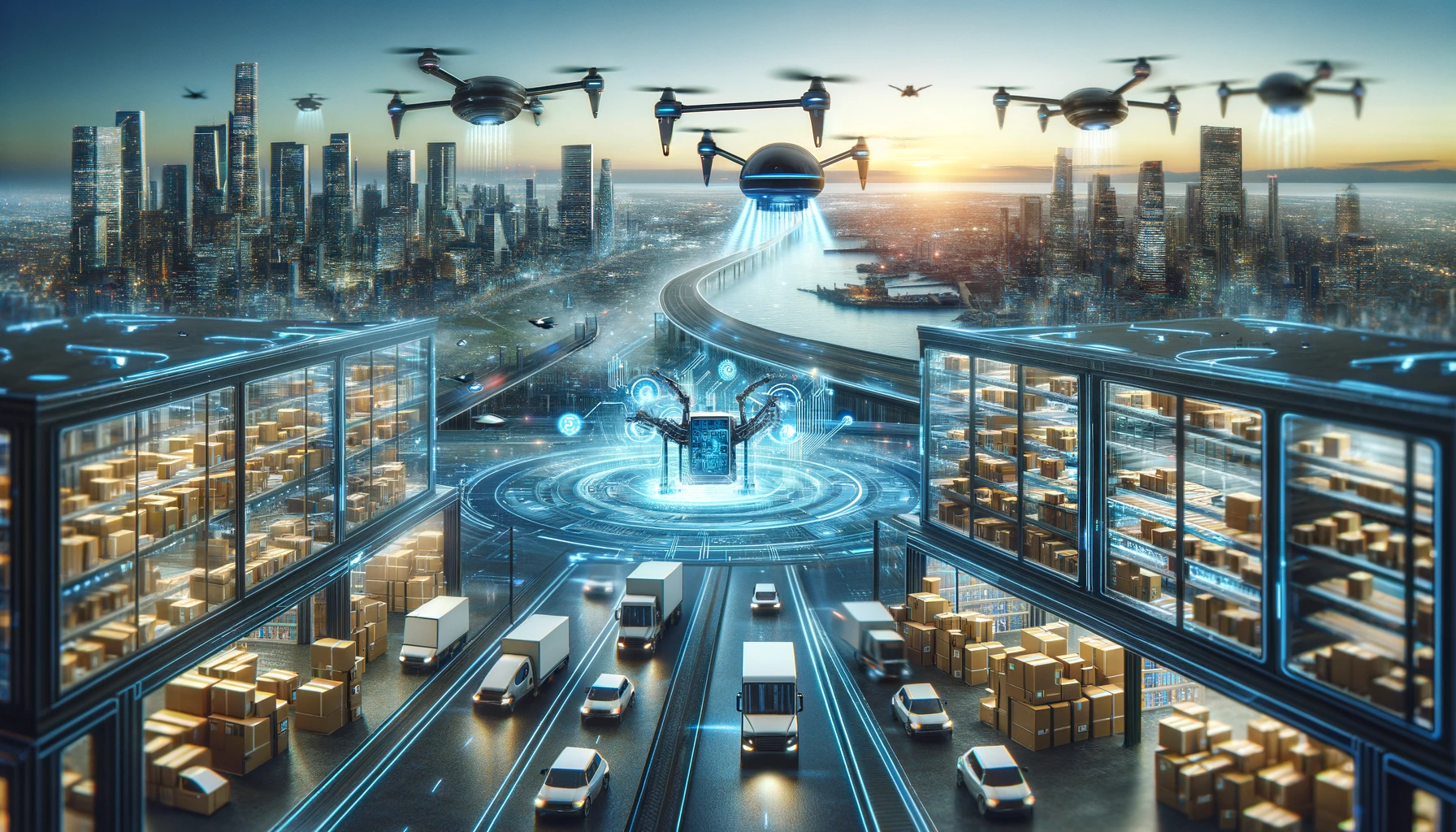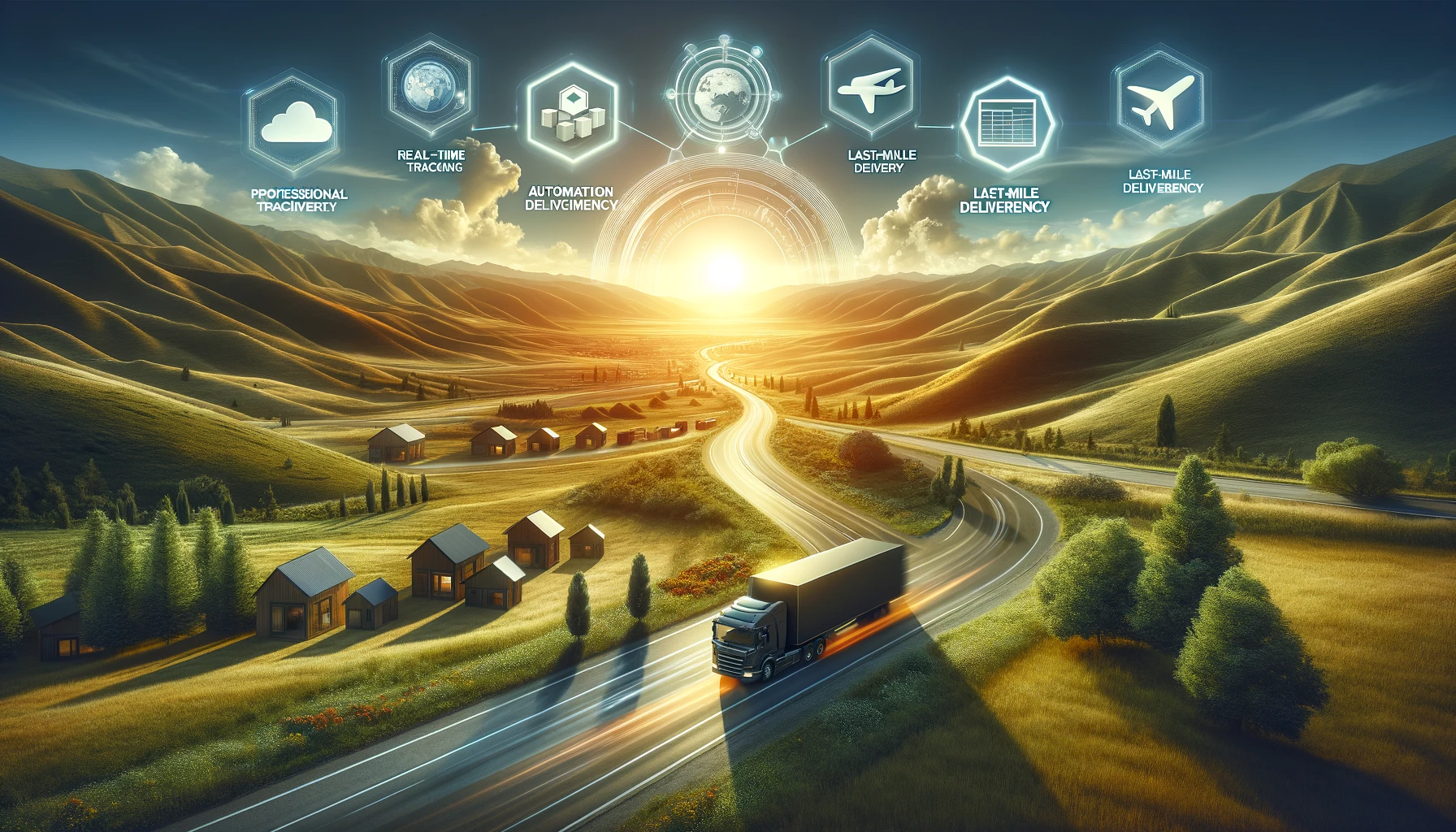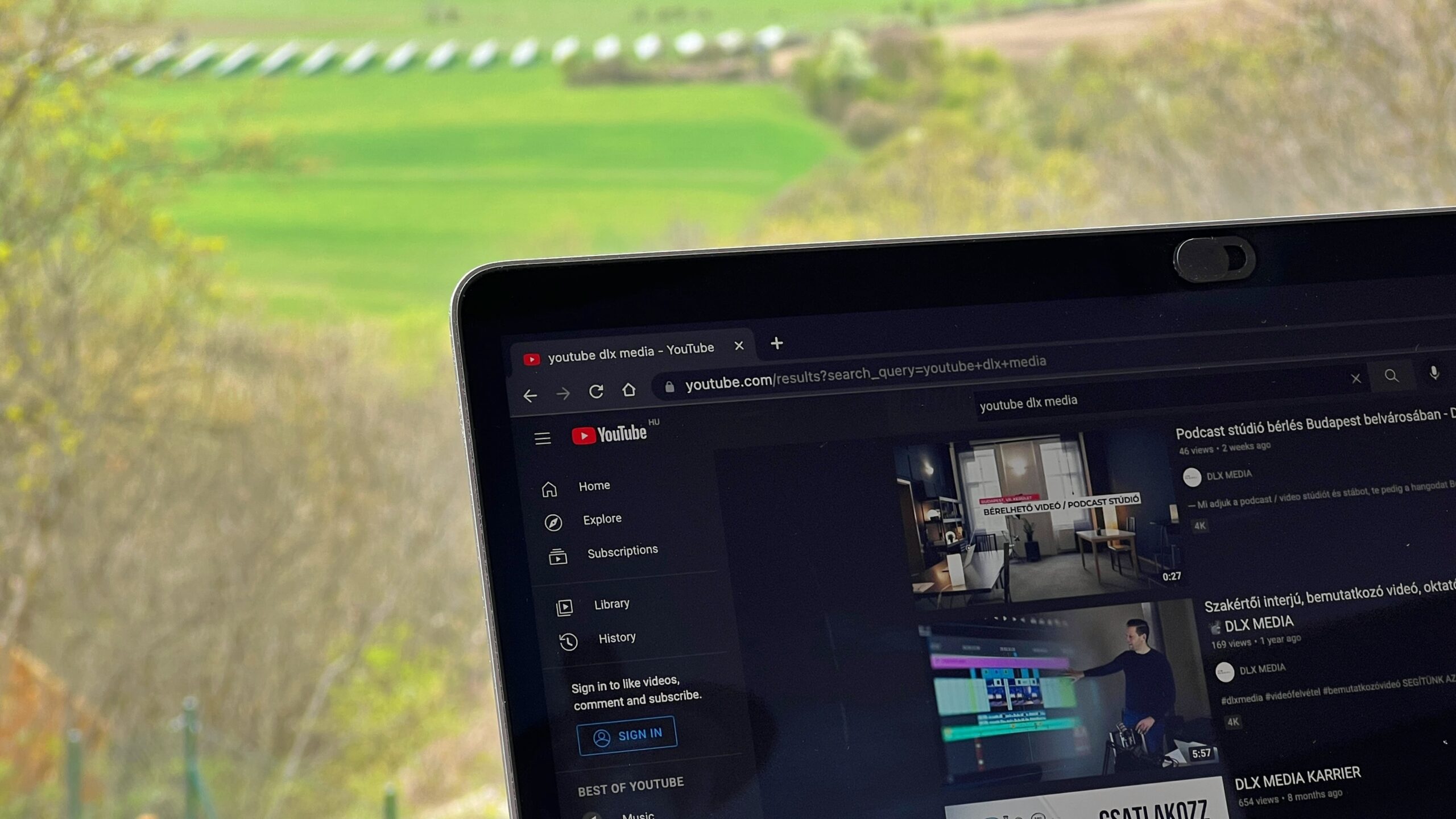Nowadays, the pressure on companies to invest in a multichannel marketing strategy is enormous. The customer is always right, and at least 72% of them prefer to connect with companies through multiple channels. In addition, there is additional pressure to take the marketing strategy a step further by offering an omnichannel customer experience across all channels. Normally, companies will have to develop a different architecture for the website, mobile apps, social media platforms and all other touchpoints. However, we live in extraordinary times where technological progress offers companies unique solutions. Headless ecommerce architecture is such a solution.
WHAT IS HEADLESS ECOMMERCE ARCHITECTURE?
Headless ecommerce architecture is a form of decoupling architecture. In this approach, the frontend and backend layers are separate and operate independently of each other. The frontend is also called the digital shop window and is the interface that customers see. On the other hand, the backend includes the systems and processes that operate in the background. Therefore, the backend is responsible for the smooth running of the business. It ensures that processes such as integrations, checkout and payments can be seamless. Headless architecture isolates these two layers. So, how does the system work despite the disconnect?
The secret of headless ecommerce architecture is the interface for application programming or API. An API is a set of codes that enable data exchange between software, applications or systems. This facilitates the headless structure, the connection between multiple frontends and one backend. In addition, the headless structure can connect to CRM, ERP, CMS or other business software via APIs. What this means for the business is that frontends – websites, mobile devices, smart watches, etc. – can all connect to the same backend. The business functionalities and logic remain the same, while the frontend can be adapted to the touchpoint it was created for.
HEADLESS ECOMMERCE VS TRADITIONAL ECOMMERCE
Before the development of headless ecommerce architecture, traditional ecommerce the norm. In traditional ecommerce, the company runs on a monolithic structure where frontend and backend are inseparable. This isn't necessarily a bad thing though, as traditional ecommerce still has usage scenarios today. It's ideal for small businesses that are more focused on selling and less prone to scaling. In addition, it is easier and cheaper to install. However, the disadvantages of traditional trading are supplier dependency and limited functionality. Fortunately, these shortcomings are corrected by headless architecture.
WHAT ARE THE REASONS TO CHOOSE HEADLESS ECOMMERCE ARCHITECTURE?
Now that we understand headless commerce, it's time to see the benefits that come from the real-life application of this decoupling architecture. They contain:
MORE CUSTOMIZATION FOR FLEXIBILITY
One guarantee that headless ecommerce architecture offers is the freedom to customize. The separate layers allow companies to make as many changes to the frontend as they want. Therefore, brands are not limited to the supplier's options and can create real and unique storefronts. Thanks to the headless structure, backend functionalities and logic remain untouched. So there are fewer developers and less time for frontend customization.
FASTER TIME TO MARKET
The close connection of frontend and backend in traditional ecommerce often presents problems for developers. However, headless architecture means that frontend and backend developers can work independently on their respective layers. This ensures faster adoption of strategies and seamless addition of new channels. So businesses can expand into new markets and reach new customers without disrupting the experiences they deliver to customers.
RICH CUSTOMER EXPERIENCES
Speaking of customer experiences, headless commerce architecture can give a big boost in that regard. Customers today are very demanding and companies need to be able to adapt. For example, 47% expects online shoppers to load web pages in a maximum of two seconds. Traditional ecommerce struggles to deliver speed, but headless ecommerce does not. Instead, it delivers super-fast page load times, smoother in-app navigation, and an overall increase in site speed. In addition, it offers more options for personalization. Therefore, customers enjoy a richer experience when interacting with brands that go headless.
MORE CONVERSIONS, MORE SALES
Customers who are happy with their experiences are likely to make more conversions and purchases. Because websites load faster, the bounce rate decreases and customers spend more time exploring the web pages. Even the percentage abandoned shopping carts daalt omdat de reis van product naar afreken pagina korter is. Daardoor neemt de kans op conversies en aankopen aanzienlijk toe.
In short, headless ecommerce architecture is a great solution for businesses that want more flexibility in the experiences they create for customers. It's a profitable and cost-effective strategy worth implementing for brands that can bear the cost implications. Go headless for more customization and control over the marketing channels of your brand.














